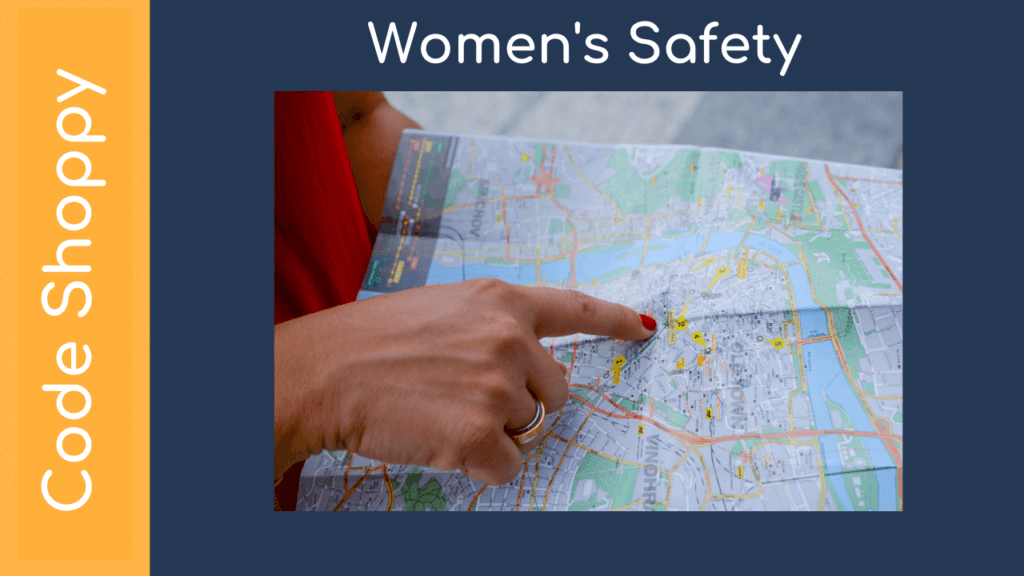Women Safety And Security App
Security-Aware Relaying Scheme for Cooperative Networks With Untrusted Relay Nodes
This paper studies the problem of secure transmis-sion in dual-hop cooperative networks with untrusted relays,where each relay acts as both a potential helper and an eavesdrop-per. A security-aware relaying scheme is proposed, which employsthe alternate jamming and secrecy-enhanced relay selection toprevent the confidential message from being eavesdropped by theuntrusted relays. To evaluate the performance of the proposedstrategies, we derive the lower bound of the achievable ergodic se-crecy rate (ESR), and conduct the asymptotic analysis to examinehow the ESR scales as the number of relays increases

Recently the applications of Physical-Layer Security(PLS) techniques in cooperative networks have attractedconsiderable attention. Among the candidate PLS solutions,cooperative jamming (CJ), which exploits the cooperating usersto transmit the artificial noise, is a promising tool to combateavesdropping [1], [2]. To harvest the diversity gain whileguaranteeing the security requirement, great efforts have alsobeen devoted to combine CJ and relay selection [3]–[5].Common to [1]–[5] is that all of them assume the relays aretrusted, and the eavesdroppers are external entities in additionto legitimate parties. However, in some applications, the relaysthemselves areuntrusted, from which the transmitted messagesmust be kept secret. For example, in heterogeneous networks,the relays may have a lower security clearance (and thus alower level of information access) than the source-destinationpair. The research on untrusted relay systems was pioneeredby He and Yener in [6], where the non-zero secrecy rate isproven to be achievable by enlisting the help of the destinationwho performs jamming. In [7], the joint beamforming designat the source and the relay was proposed for MIMO untrusted relay systems. In [8], the secrecy outage probabilities of severalrelaying schemes were analyzed. Code Shoppy In [9], the power allocationpolicy was developed for amplify-and-forward (AF) untrustedrelay systems.Although diverse results on untrusted relay systems havebeen reported, the majority of existing works deal with the sim-ple model with only one relay node. For multi-relay networks,[10] analyzed the relationship between the system secrecycapacity and the number of untrusted relays. Reference [11]proposed to use relay assignment and link adaptation to realizeboth secure and spectral-efficient communications. However,[10] and [11] only considered the information leakage prob-lem during the first phase of any two-hop transmission. Thissimplifies the protocol design, but may not hold in practice.Unlike [10] and [11], we in this paper try to secure thetransmissions of both the first and the second phases, and ourcontributions are threefold: First, an alternate jamming methodis introduced to prevent information leakage. Second, both opti-mal and sub-optimal secrecy-enhanced relay selection policiesare proposed. Third, the lower bound of the achievable ergodicsecrecy rate (ESR) is derived, and the asymptotic analysis ofthe ESR is given as well.